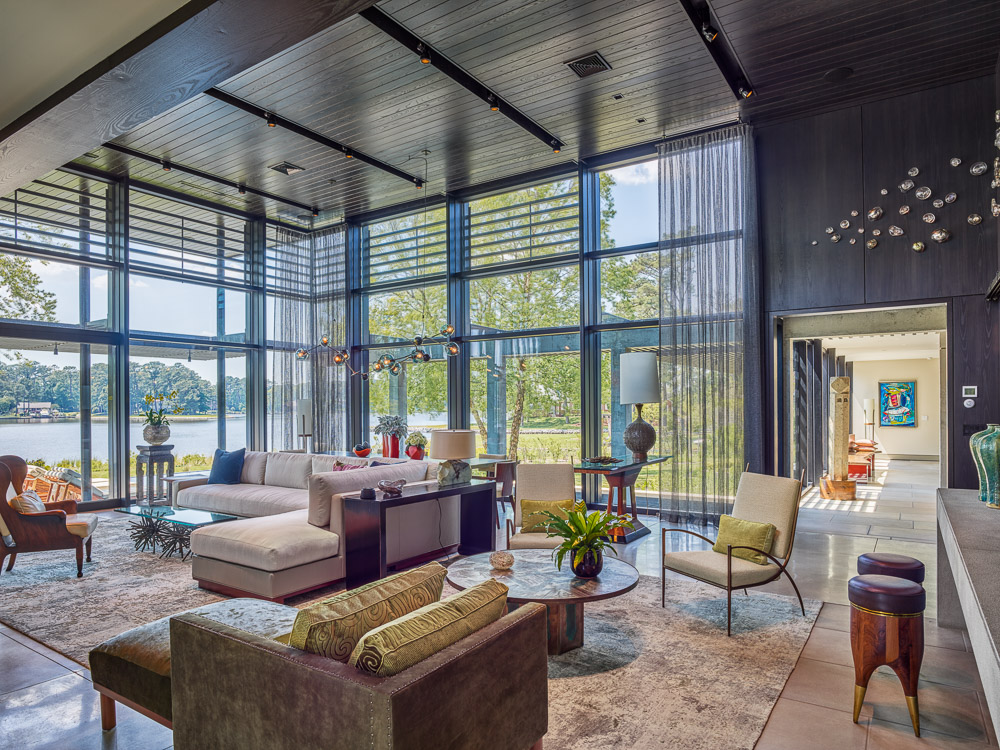The focus of this discussion is achieving a zero energy home through the Passivhaus approach.
True or false – adding insulation has diminishing returns? True, doubling the thickness of a roof insulation doubles the cost while halving the heat loss/gain, and half of a half is a quarter and half of that an eighth…. So, “How low should we go?” as some have asked. The idea behind the Passivhaus program, developed in Germany, is to break through the cost barrier by sealing and insulating the bejesus out of an envelope till the need for mechanical equipment is eliminated (apart from fresh-air delivery). What about the applicability of the system to the mid-Atlantic region? According to Galen Staengl, Passivhaus-certified energy consultant, “It’s still an open question as to where the cost/performance balance is struck in in our region where cooling and dehumidification are also required.” Even with the adaptability of the approach to different climates still being explored, the program offers valuable insight into how we might crack the zero energy code.
The Passivhaus program is performance-based. To achieve the 4.7 kBtu/ft/yr goal, recommended R-values for walls are R-40, for roofs, R-60. At the Hickory Hall project at the College of Emory & Henry in Virginia consulting engineer Staengl says this is achieved with a wall system comprised of 2×6 studs with cellulose insulation and 2 1/2″ of EPS insulation outside of the sheathing – all building techniques well understood by contractors and resulting in a cost increase of only 5%. The Contracting firm of Structures Design Build, located in Roanoke, Virginia alters the DNA of the typical wall section by adding a modified Larsen truss outside of the studs and sheathing. The truss, truss joists turned on their side with the webbing removed, is filled with cellulose.
The Passivhaus approach doesn’t stop at the envelope. In the US, where the climate varies from hot to cold and somewhere in between, and where some parts see enough humidity to wilt Blanche Dubois’ curls, energy-efficient lighting and equipment, especially hot water heating, need to be addressed. And of course, all the other aspects we’ve discussed above are thrown into the stone soup of the Passivhaus approach resulting in a HERS rating of between 20-30.
One of the challenges of the application of Passivhaus approach in the US is availability of cost-friendly materials. Triple-pane windows, a must for the approach, are just beginning to show up in the marketplace. Happily many of the major window manufacturers are getting on-board and Marvin, Pella and Milgard all offer triple pane options. In Europe where energy codes now mandate a Passivhaus approach, triple pane windows have become the norm — and costs are lower than for double pane — the more stringent codes in Europe are affecting a radical change in the marketplace.
In addition to the significant energy savings of the Passivhaus approach, consider the indoor climate. A recently completed home in Virginia Beach uses triple pane windows and the temperature of the glass is ten degrees warmer in the winter. The increased comfort associated with a well-designed envelope is palpable and a nice side benefit to reduced energy bills.
